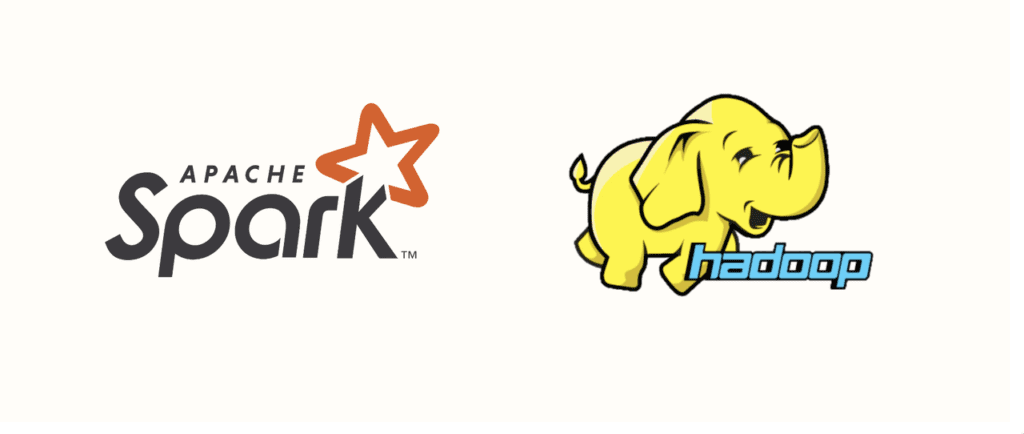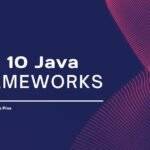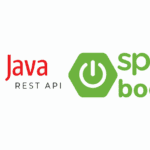Big Data is known for its volume, velocity, and variety. Java, with its scalability and robust ecosystem, is a popular choice for handling these challenges. Hadoop and Spark are leading frameworks that use Java for distributed storage and processing. This article explores how Java integrates with Hadoop and Spark to facilitate Big Data processing, providing a comprehensive guide for developers.

Why Java for Big Data?
Java’s Strengths
Java’s platform independence, robustness, and extensive libraries make it a strong candidate for Big Data applications. Its strong typing and object-oriented nature contribute to maintainable and scalable code. Additionally, Java’s strong community support and compatibility with enterprise systems make it a reliable choice for Big Data projects.
Java in the Big Data Ecosystem
Java plays a crucial role in the Big Data ecosystem, serving as the foundation for tools like Hadoop, Spark, Hive, HBase, and Flink. Its ability to handle large-scale data processing and integration with various tools makes it indispensable for Big Data developers.
Overview of Hadoop and Spark
What is Hadoop?
Hadoop is a distributed storage and processing framework designed to handle large datasets across clustered systems. Its key components include:
- HDFS (Hadoop Distributed File System): Provides high-throughput access to data.
- MapReduce: A programming model for processing large datasets in parallel.
What is Spark?
Spark is a fast, in-memory data processing engine that supports various workloads, including batch processing, streaming, machine learning, and graph processing. Its key features include:
- Speed: In-memory processing for faster data analysis.
- Ease of Use: Developer-friendly API for efficient coding.
- Versatility: Supports multiple workloads and integrates seamlessly with Hadoop.
Java Integration with Hadoop
Setting Up Hadoop
To get started with Hadoop, you need to install and configure it on your system. This involves setting up the Hadoop environment, configuring HDFS, and preparing your cluster for data processing.
Writing MapReduce Programs in Java
The MapReduce programming model involves two main functions:
- Map: Processes input data and generates intermediate key-value pairs.
- Reduce: Aggregates the intermediate data to produce the final output.
Here’s a simple example of a word count program in Java using MapReduce:
public class WordCount {
public static class TokenizerMapper extends Mapper<LongWritable, Text, Text, IntWritable> {
private final static IntWritable one = new IntWritable(1);
private Text word = new Text();
public void map(LongWritable key, Text value, Context context) throws IOException, InterruptedException {
StringTokenizer itr = new StringTokenizer(value.toString());
while (itr.hasMoreTokens()) {
word.set(itr.nextToken());
context.write(word, one);
}
}
}
public static class IntSumReducer extends Reducer<Text, IntWritable, Text, IntWritable> {
private IntWritable result = new IntWritable();
public void reduce(Text key, Iterable<IntWritable> values, Context context) throws IOException, InterruptedException {
int sum = 0;
for (IntWritable val : values) {
sum += val.get();
}
result.set(sum);
context.write(key, result);
}
}
}Using Hadoop APIs
Hadoop provides Java APIs for interacting with HDFS and executing MapReduce jobs. These APIs allow developers to manage data storage and processing efficiently.
Running and Debugging Hadoop Jobs
To run a Hadoop job, you need to package your Java application into a JAR file and submit it to the Hadoop cluster. Monitoring and debugging tools are available to track the job’s progress and troubleshoot issues.
Java Integration with Spark
Setting Up Spark
Setting up Spark involves downloading and configuring the Spark framework on your system. You can run Spark in standalone mode or integrate it with a cluster manager like YARN or Mesos.
Writing Spark Applications in Java
Spark applications are built around the concept of Resilient Distributed Datasets (RDDs), which represent a collection of items distributed across many nodes. Here’s a simple word count example in Java using Spark:
SparkConf conf = new SparkConf().setAppName("WordCount").setMaster("local");
JavaSparkContext sc = new JavaSparkContext(conf);
JavaRDD<String> lines = sc.textFile("input.txt");
JavaRDD<String> words = lines.flatMap(line -> Arrays.asList(line.split(" ")).iterator());
JavaPairRDD<String, Integer> pairs = words.mapToPair(word -> new Tuple2<>(word, 1));
JavaPairRDD<String, Integer> counts = pairs.reduceByKey((a, b) -> a + b);
counts.saveAsTextFile("output");Using Spark’s Java API
Spark’s Java API provides a rich set of functions for data processing, including transformations and actions. These functions enable developers to manipulate and analyze data efficiently.
Running and Debugging Spark Jobs
To run a Spark job, you need to submit your application to the Spark cluster. Spark provides a web UI for monitoring job progress and debugging issues.
Comparing Hadoop and Spark for Java Developers
Performance
- Hadoop: Better suited for batch processing of large datasets.
- Spark: Faster due to in-memory processing, ideal for iterative algorithms and real-time processing.
Ease of Use
Spark’s API is more developer-friendly compared to Hadoop’s MapReduce, making it easier to write and maintain code.
Use Cases
- Hadoop: Ideal for large-scale data storage and batch processing.
- Spark: Ideal for real-time analytics, machine learning, and stream processing.
Advanced Topics
Integrating Hadoop and Spark
You can use Spark with Hadoop’s HDFS for storage, leveraging the strengths of both frameworks. This integration allows for efficient data processing and storage.
Using Java Libraries for Big Data
Libraries like Apache Avro, Parquet, and ORC are essential for data serialization and storage in Big Data applications. These libraries enable efficient data management and interoperability.
Machine Learning with Spark MLlib
Spark’s MLlib is a scalable machine learning library that integrates seamlessly with Java. It provides algorithms for classification, regression, clustering, and collaborative filtering.
Best Practices for Java Developers in Big Data
- Write efficient and scalable code for distributed systems.
- Use proper logging and monitoring for debugging.
- Optimize data storage and processing for performance.
- Stay updated with the latest developments in Hadoop, Spark, and Java.
Conclusion
Java plays a crucial role in the Big Data ecosystem, providing the scalability and robustness needed for large-scale data processing. Hadoop and Spark, with their unique strengths, offer powerful tools for developers to build efficient and scalable Big Data applications.
Additional Resources:
To deepen your understanding, explore further learning resources like official documentation, online courses, or books. Share your experiences or ask questions in the comments to engage with the community and continue learning. For further reading on Java best practices and tools, consider exploring the following resources:
A Basic guide for beginners to learn Java: Java for Beginners: Key Concepts You Need to Know
Mastering RESTful APIs: Java and Spring Boot in Action


